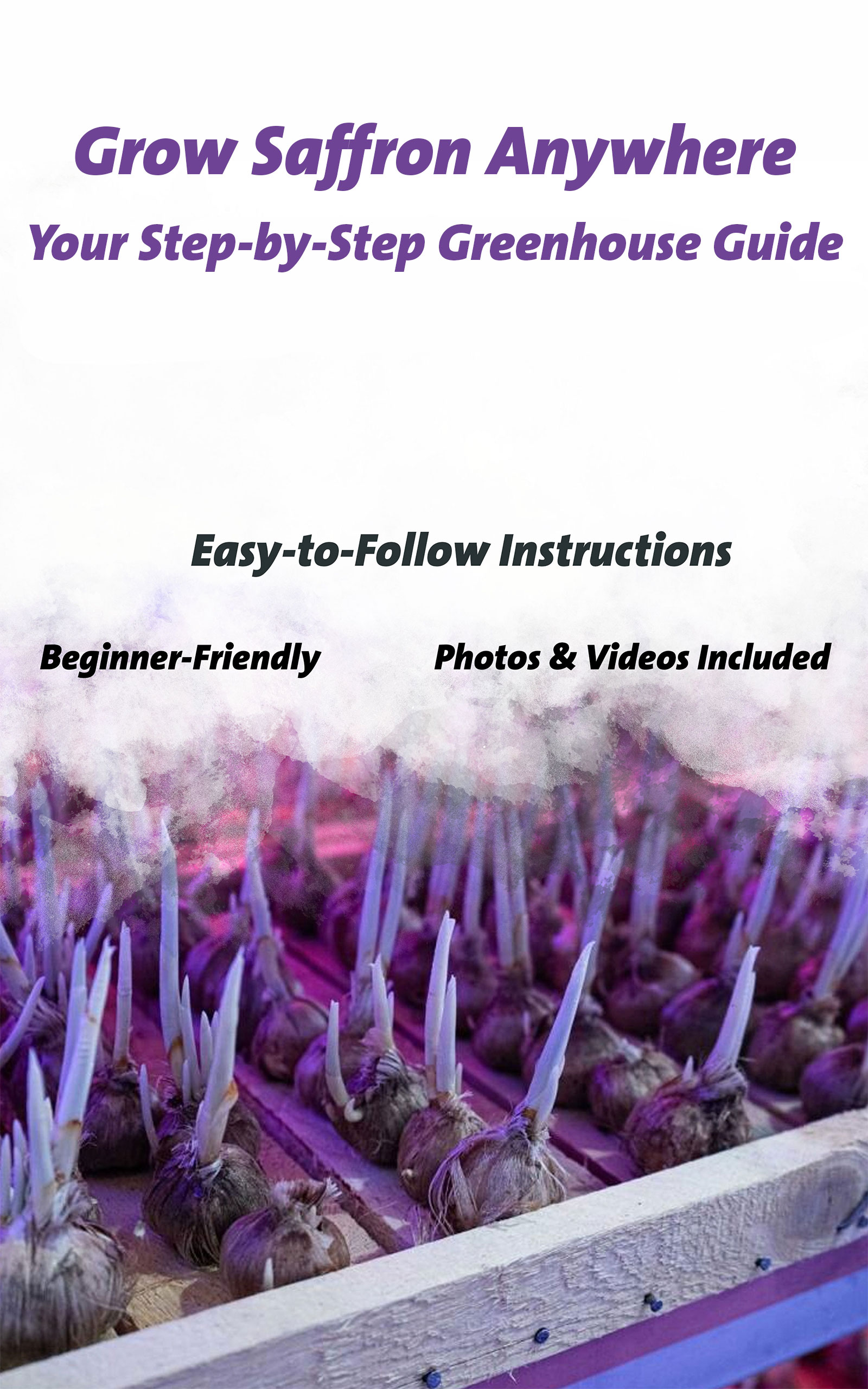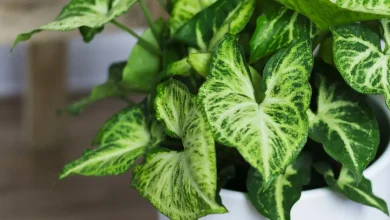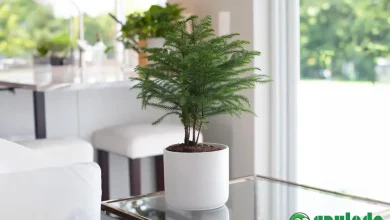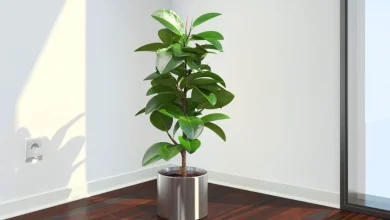The Silent Killer That Threatens Your Sansevieria
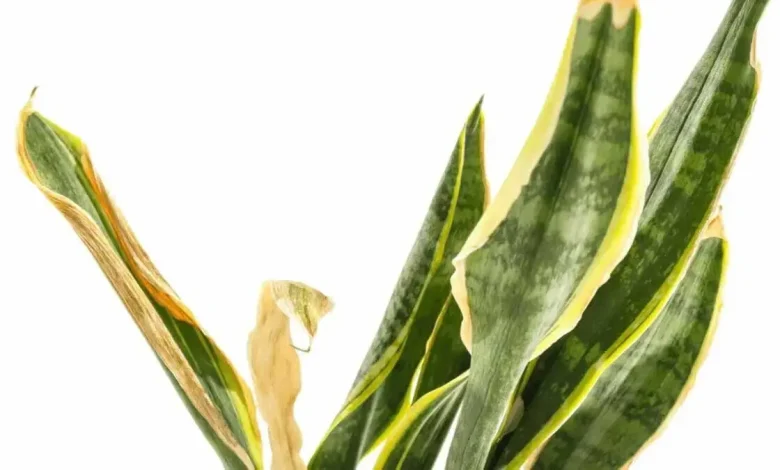
The Silent Killer That Threatens Your Sansevieria: Root Rot and How to Save Your Prized Plant
Your Sansevieria, also known as the snake plant or mother-in-law’s tongue, is a tough and resilient houseplant. It thrives on neglect and adds a touch of modern style to any décor. But even the most indestructible plant has its Achilles’ heel: root rot. This silent killer can slowly destroy your Sansevieria, leaving you with a sad, mushy mess.
But fear not, plant parent! By understanding the signs and causes of root rot, you can take action to save your Sansevieria before it’s too late. In this article, we’ll unveil the secrets of root rot and equip you with the knowledge to keep your snake plant healthy and thriving.
The Deceptive Destroyer: Unveiling Root Rot
Root rot is a fungal disease that attacks the roots of your Sansevieria, causing them to rot and decay. This weakens the plant’s ability to absorb water and nutrients, ultimately leading to its demise. The scary part? Root rot often progresses silently underground, with no visible signs on the leaves until the damage is already significant.
Unearthing the Culprits: What Causes Root Rot?
Several factors can contribute to root rot in your Sansevieria:
- Overwatering: This is the most common culprit. Sansevierias are succulent plants that store water in their leaves. They prefer to dry out completely between waterings. Soggy soil for extended periods creates a breeding ground for root rot fungus.
- Poor Drainage: Ensure your Sansevieria pot has drainage holes to allow excess water to escape. Sitting water around the roots suffocates them and promotes root rot.
- Improper Potting Mix: Dense, heavy soil retains too much moisture. Use a well-draining potting mix specifically designed for cacti and succulents. Perlite or sand can be added to improve drainage.
- Large Pots: Bigger isn’t always better. A pot that’s too large can hold excess water around the roots, even with proper watering and drainage. Choose a pot only slightly larger than the root ball of your Sansevieria.
Signs and Symptoms: How to Spot Root Rot in Your Sansevieria
Early detection is key to saving your Sansevieria. Here are some signs to watch out for:
- Mushy or soft leaves: Sansevieria leaves are firm and upright. Softness or mushiness, especially at the base, indicates root rot.
- Discoloration: Leaves may turn yellow, brown, or black at the base or develop brown streaks.
- Stunted growth: Your Sansevieria may stop growing or develop stunted new leaves.
- Leaning or wilting: A Sansevieria with root rot may lose its upright posture and start leaning or wilting.
- Bad odor: A foul odor emanating from the soil can be a sign of advanced root rot.
Taking Action: Saving Your Sansevieria from Root Rot
If you suspect root rot, act quickly! Here’s how to save your Sansevieria:
- Immediate Unpotting: Carefully remove your Sansevieria from the pot.
- Inspect the Roots: Gently remove any loose soil from the roots. Healthy roots should be firm and white. Brown, mushy, or slimy roots indicate root rot.
- Prune Away Rot Using sterilized pruning shears, remove any brown or mushy roots. Make clean cuts on healthy roots.
- Treat with Fungicide: Apply a fungicide specifically labeled for treating root rot, following the product instructions.
- Repot in Fresh Mix: Choose a pot with drainage holes and use a well-draining cactus or succulent potting mix.
- Water Wisely: Wait until the soil dries out completely before watering again. Deep water thoroughly until water runs out the drainage holes, then discard any excess water that collects in the saucer.
Preventing Future Outbreaks: Keeping Your Sansevieria Healthy
With proper care, you can prevent root rot from ever threatening your Sansevieria again:
- Water Wisely: Always err on the side of underwatering. Remember, your Sansevieria would rather be slightly dry than soggy.
- Choose the Right Pot: Select a pot with adequate drainage holes and appropriate size for your plant.
- Use a Well-Draining Mix: Invest in a high-quality potting mix specifically formulated for cacti and succulents.
- Monitor Drainage: Ensure water drains freely from the pot and discard any excess water that accumulates in the saucer.
- Light it Right: Sansevierias prefer bright, indirect sunlight. Avoid excessive direct sunlight
Additional Tips for Sansevieria Success:
- Avoid Overpotting: A pot that’s too large can lead to overwatering and root rot. Choose a pot only slightly larger than the root ball of your Sansevieria.
- Check for Pests and Diseases: Regularly inspect your Sansevieria for signs of pests or diseases. Early detection and treatment can prevent serious damage.
- Fertilize Sparingly: Sansevierias don’t need frequent fertilization. During their active growing season (spring and summer), feed them with a diluted liquid fertilizer every 4-6 weeks.
- Enjoy the Beauty: Sansevierias are not only beautiful but also low-maintenance plants. With proper care, they can thrive in your home for many years to come.
By following these tips, you can keep your Sansevieria healthy and happy, preventing root rot from ever putting your plant’s life at risk. Remember, these resilient plants can bounce back from setbacks with proper care and attention. So, if you find yourself facing root rot, don’t despair. With the right knowledge and action, you can save your Sansevieria and enjoy its beauty for years to come.
Conclusion:
Root rot can be a serious threat to your Sansevieria, but with proper care and attention, you can prevent this silent killer from destroying your prized plant. By understanding the signs, causes, and prevention strategies, you can keep your Sansevieria healthy and thriving, adding a touch of modern elegance to your home for years to come.
